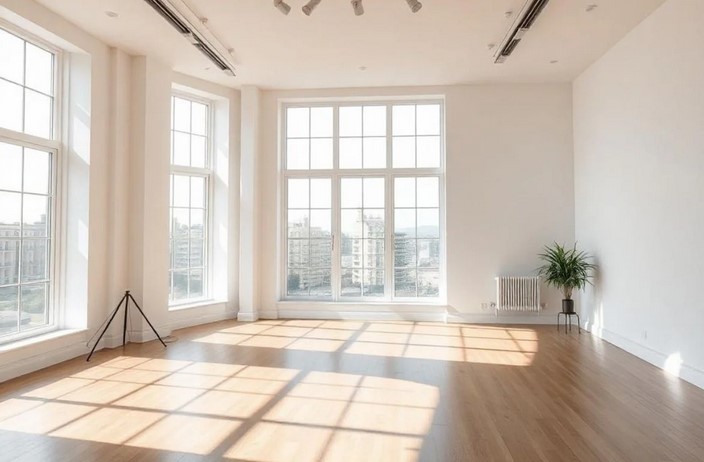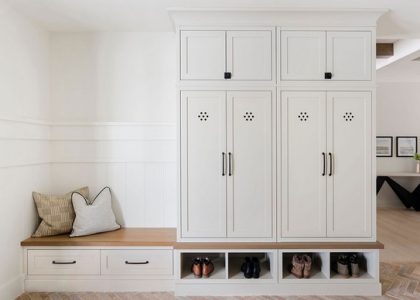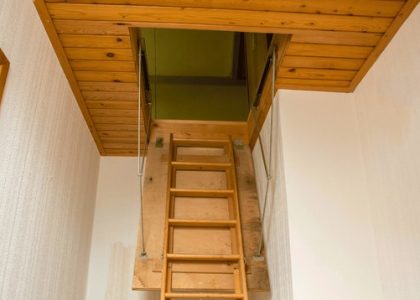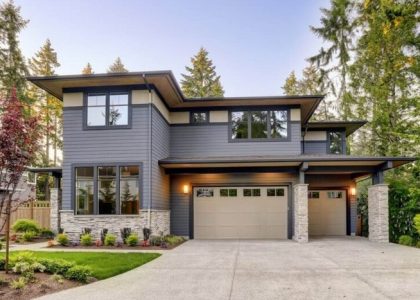
In contemporary architecture and interior design, floor-to-ceiling windows have become a defining feature for homes and commercial spaces that seek to blend indoor comfort with the beauty of the outdoors. These expansive glass panels not only flood rooms with natural light but also frame panoramic views, creating an immersive connection between the interior environment and the surrounding landscape. Whether overlooking a city skyline, a tranquil forest, or a sparkling waterfront, floor-to-ceiling windows elevate the aesthetic appeal and functionality of any space. This article explores the benefits, design considerations, and innovative ideas for incorporating floor-to-ceiling windows into your living or working environment, along with a fresh concept to enhance their utility and beauty.
1. The Benefits of Floor-to-Ceiling Windows
Floor-to-ceiling windows offer several advantages that go beyond simple visual appeal, affecting the ambiance, energy efficiency, and value of a property.
a. Maximizing Natural Light
One of the primary reasons for installing floor-to-ceiling windows is their ability to maximize the inflow of natural light. Unlike traditional windows, which are limited in size, these large panes allow sunlight to penetrate deeper into rooms, reducing the need for artificial lighting during the day. This abundance of daylight has been shown to improve mood, productivity, and overall well-being.
b. Enhancing Views and Space Perception
By extending from the floor all the way to the ceiling, these windows eliminate visual barriers and offer uninterrupted sightlines to the outdoors. This can dramatically enlarge the perceived size of a room, making even small spaces feel open and airy. For properties in scenic locations, floor-to-ceiling windows transform views into living art, seamlessly integrating nature with daily life.
c. Improving Ventilation and Indoor-Outdoor Flow
Many floor-to-ceiling window designs include operable sections such as sliding or folding glass doors. This enables fresh air to circulate freely, creating a refreshing indoor environment and fostering a stronger indoor-outdoor flow, which is especially desirable in climates conducive to year-round outdoor living.
d. Increasing Property Value
Homes and commercial spaces equipped with floor-to-ceiling windows tend to attract higher market interest. The modern, luxurious feel these windows impart can boost a property’s resale value by appealing to buyers seeking contemporary aesthetics combined with functional benefits.
2. Design Considerations for Floor-to-Ceiling Windows
While the appeal of floor-to-ceiling windows is undeniable, several design factors must be thoughtfully addressed to optimize performance, comfort, and durability.
a. Structural Integrity and Materials
Large glass installations require strong, reliable framing to support the weight and maintain safety. Aluminum, steel, and fiberglass frames are popular choices due to their strength and minimal visual intrusion. Additionally, selecting tempered or laminated safety glass ensures resilience against impacts and weather.
b. Energy Efficiency and Climate Control
With vast glass surfaces, heat gain and loss can be a concern, impacting energy bills and indoor comfort. Utilizing double or triple glazing with low-emissivity (Low-E) coatings can significantly improve thermal insulation. Incorporating gas fills between panes further enhances energy efficiency by reducing heat transfer.
c. Privacy and Glare Management
While floor-to-ceiling windows provide breathtaking views, they can also challenge privacy and cause glare issues. Smart glass technology that adjusts opacity, strategically placed window treatments like automated blinds, or landscaping elements such as trees and shrubs can help mitigate these concerns without sacrificing the open feel.
d. Safety and Building Codes
Local building codes may impose restrictions on the size and placement of floor-to-ceiling windows, especially concerning fire safety and structural requirements. Working with experienced architects and contractors ensures compliance and optimal design outcomes.
3. A New Idea: Integrating Smart Glass and Automated Shading Systems
Innovations in window technology are opening exciting new possibilities for floor-to-ceiling windows, combining aesthetics with cutting-edge functionality.
a. Smart Glass Technology
Smart glass—also known as switchable glass or electrochromic glass—allows users to alter the transparency of their windows electronically. With the flick of a switch or via smartphone app, floor-to-ceiling windows can transition from clear to frosted or tinted states, providing instant privacy or reducing solar heat gain without physical blinds or curtains.
b. Automated Shading Systems
Paired with smart glass, automated shading systems enhance comfort and convenience. These systems use sensors to detect sunlight intensity, time of day, and even room occupancy to adjust window shades or blinds accordingly. Integration with smart home platforms allows seamless control through voice commands or scheduled settings, optimizing natural light use while protecting interiors from UV damage.
c. Environmental and Energy Benefits
By intelligently managing light and heat, smart glass and automated shading contribute to energy savings and a reduced carbon footprint. They lessen reliance on air conditioning and artificial lighting, making floor-to-ceiling windows not only stunning but sustainable.
d. Enhanced User Experience
Beyond practicality, these smart technologies enrich the sensory experience within spaces featuring floor-to-ceiling windows. Imagine panoramic views that adapt throughout the day to suit mood, privacy, and comfort, transforming your environment dynamically.
Floor-to-ceiling windows offer an unparalleled way to merge indoor living with the beauty of the outdoors, enhancing natural light, expanding visual space, and elevating property value. Thoughtful design considerations—from material selection to energy efficiency—ensure these impressive architectural features perform beautifully in any setting. By embracing innovations such as smart glass and automated shading systems, homeowners and designers can unlock new levels of comfort, privacy, and sustainability. Ultimately, floor-to-ceiling windows not only transform a space visually but also redefine how occupants experience and interact with their environment, making every view a stunning centerpiece of modern living.



